What is so appealing about Black & White photography?
I ask this rhetorical question because I am personally drawn to them however, so often I see a washed out B & W photo. I quickly become bored by the image and my eye moves to something more aesthetically stimulating. With this in mind, today’s post will focus on how to improve your photography eye to make the most out of a black & white photograph.
To start I’ll give you a little history on the subject matter thanks to the easy to access in the moment Wikipedia:
Black-and-white, often abbreviated B/W or B&W, is a term referring to a number of monochrome forms in visual arts. Black-and-white as a description may be considered a misnomer in that the images are not ordinarily starkly contrasted black and white but combine black and white in a continuum producing a range of shades of gray. Further, many prints, especially those produced earlier in the development of photography, were in sepia (mainly for archival stability), which yielded richer, more subtle shading than reproductions in plain black-and-white. Color photography provides a much greater range of shade, but part of the appeal of black and white photography is its more subdued monochromatic character.
Why would anyone want to use black and white?
If you use film, it’s cheaper. In the digital world, it’s what some of us hipsters like to call vintage and it adds an artistic look.
*Tips on How to Utilize and Maximize B & W in a World of Color:
How to: From my experience as well as the research that I’ve conducted on this subject matter it seems that the census concludes that the best way to make a B & W photograph is to start in color. I know what you’re thinking, “why am I even reading about taking a photo in B & W when I’m going to go take the photo in color.” Well the truth of matter is this, you could do that but chances are if you neglect these key elements you will get that washed out photo that I mentioned before.
Once you’ve accepted that you should take your photo in color here are the key elements that are often missed that will enhance your black and white photo in the end.
Key Elements:
- Shoot with a low ISO: Remember that post about changing your ISO(No? Well good thing I put this link here.), well with the focus of B & W it’s best to shoot as low as possible. Reason being, when it comes to conversion, all of that high ISO grain will show up like little snow fakes on your photo, which might be a great touch for winter season but not exactly the look that I think you are after.
- Contrast: Remember when I referenced the boredom of the washout. When referencing contrast I’m not referring to a difference between one color to the next, I’m primarily focused on shades or tones of the color, which will create a difference on the gray-scale once converted to B&W. Additionally, contrast helps to catch your viewer’s eye and pulls your attention into the following areas that we will focus on:
- Texture: When thinking about texture, think about how it would feel if you were to touch it. If it’s smooth, chances are that it lacks texture but if you can feel the ridges of the subject then you can identify the grooves in which will create a shadow.
- Pattern: Similar to the element of contrast, a pattern needs to have shades, which can be identified once on a grey-scale.
- Dramatic Lighting: Lighting can be your friend especially when you use it to find your shadows.
In combination, these will make your once seemingly flat monochromatic photo into a delight of wonder and amazement with never ending details to catch your viewer’s eye.
What can you do with B & W photography?
- They make excellent gifts.
- As stated previously, they’re artsy and vintage and who doesn’t love that!
- They look really cool with a “pop” of color added (check back for future posts on how to utilize this feature)
- B&W photographs help the viewer to focus on the detail of the subjects, rather than color details.
- It can be a great challenge and also can be a nice addition to a photo series submitted into a photo contest…
Note: This article and it’s photos were created by Keturah Lee, the images are the sole property of Keturah Lee and should not be used in any way other than their intended purposes. Keturah is a guest columnist with a background in all things art as well as an amazing creative eye.
Some Links You May Find Helpful
Easy Graph to Learn ISO, Aperture, and Shutter Speed
Simple Guide to Using Your Camera in Manual Mode
Simple Process to Blur Your Photos

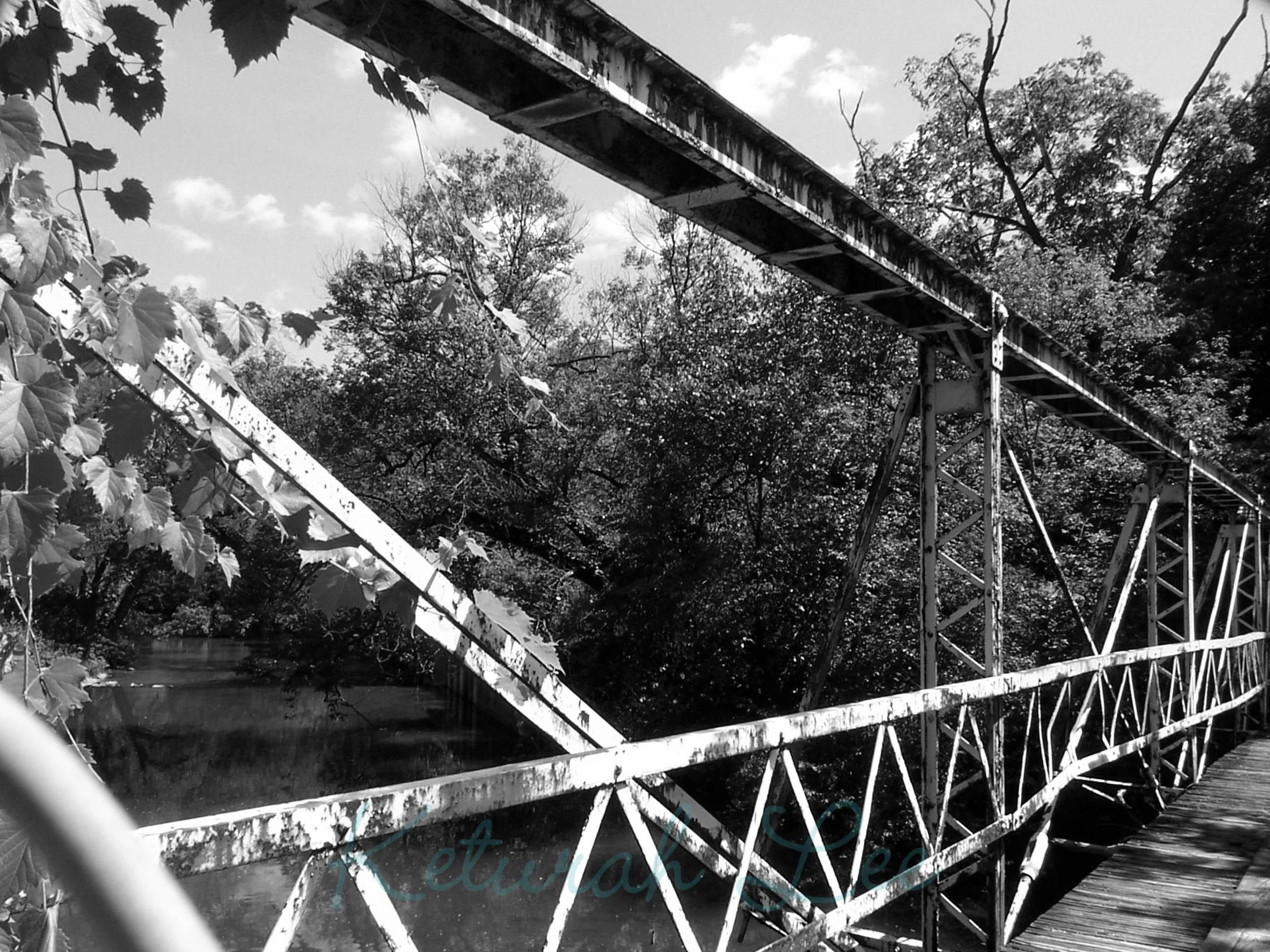
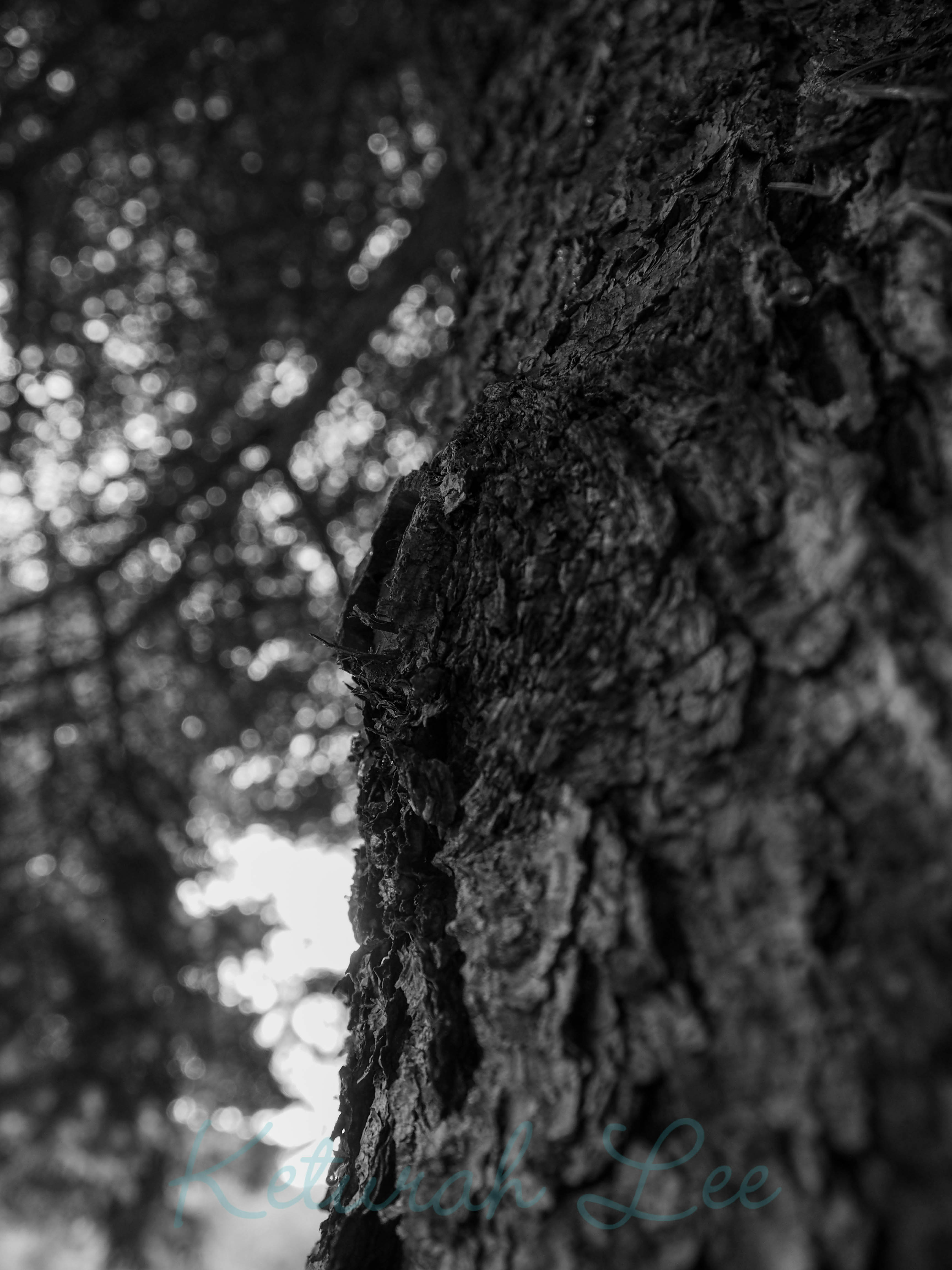
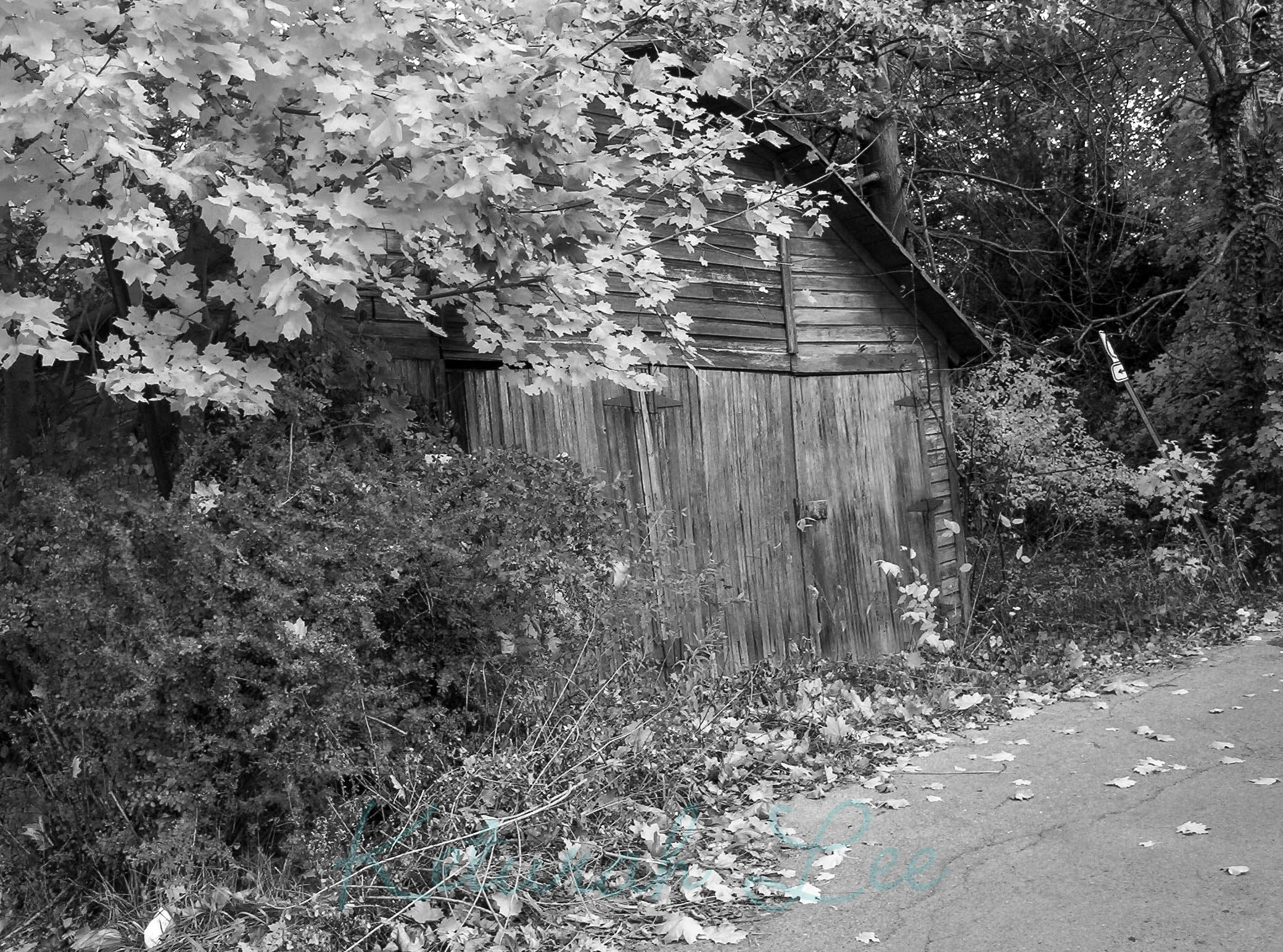
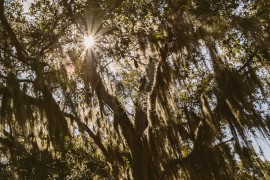
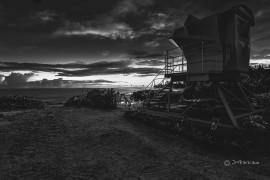
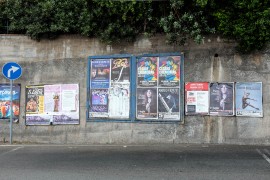
Comments are closed.